The Bohus Fortress has been defended by Norwegians, Danes and Swedes and has suffered a total of 14 sieges - a Nordic record. Today, you can come here to wander around the ruins, imagine the dramatic battles of history and perhaps breathe a sigh of relief that you don't have to stay in one of the dungeons.
Table of contents
Bohus Fortress
A lot of Nordic history has been played out right here, at Bohus Fortress. On our motorhome journey along Trollhätte canal and the Göta River, the fortress felt like an obvious stop.
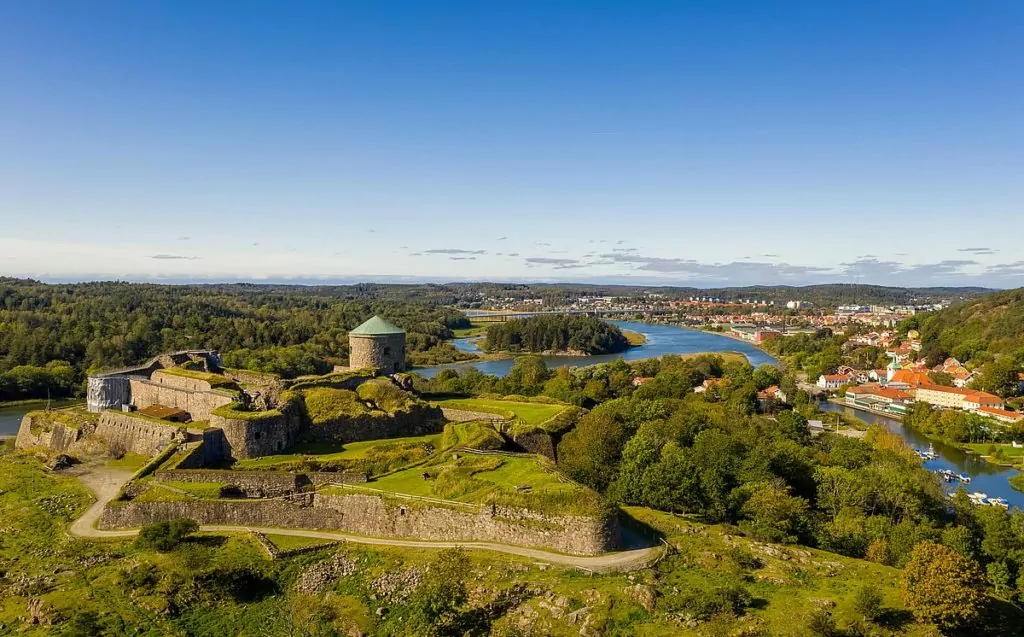
Bohus Fortress is located on the Göta River, in the south-eastern part of Kungälv, about two kilometres north of Gothenburg.
On the road to Bohus Fortress: Lilla Edet
On the way from Trollhättan to Bohus Fortress, we followed the Trollhätte Canal and the Göta River to Lilla Edet, where the sixth and final lock in the canal system is located. Like the previous locks, this is of course a lock that can accommodate enormously large boats.

Sweden's oldest lock
Lilla Edet is also home to Sweden's oldest lock, which is no longer in use. Construction of the lock began in the 1580s and the lock was completed in 1607, as Sweden's first lock. Nearby there is also a memorial stone in memory of 47 soldiers from the Västgöta-Dal regiment who drowned after putting out the great fire in Lilla Edet in August 1830.
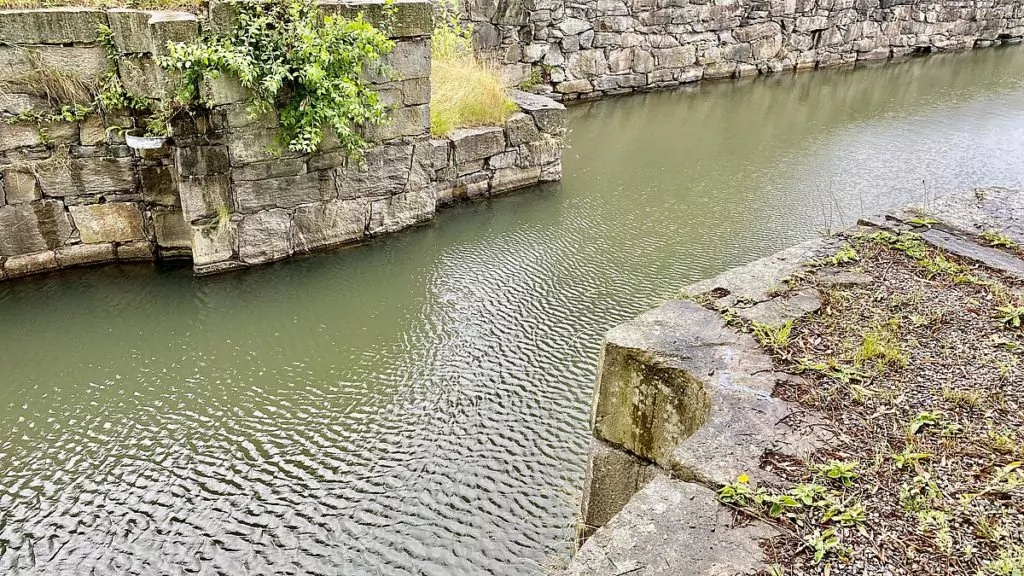
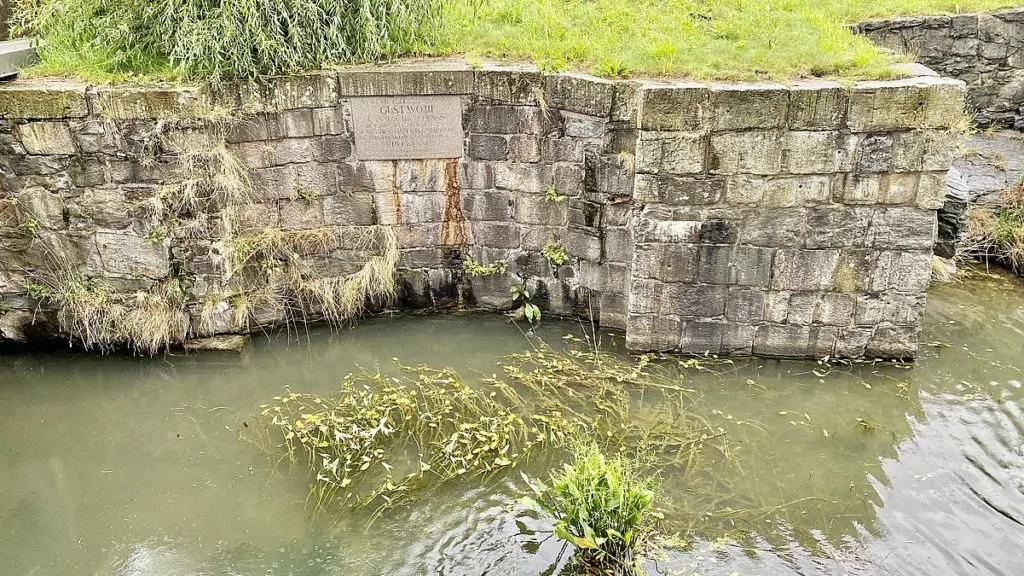
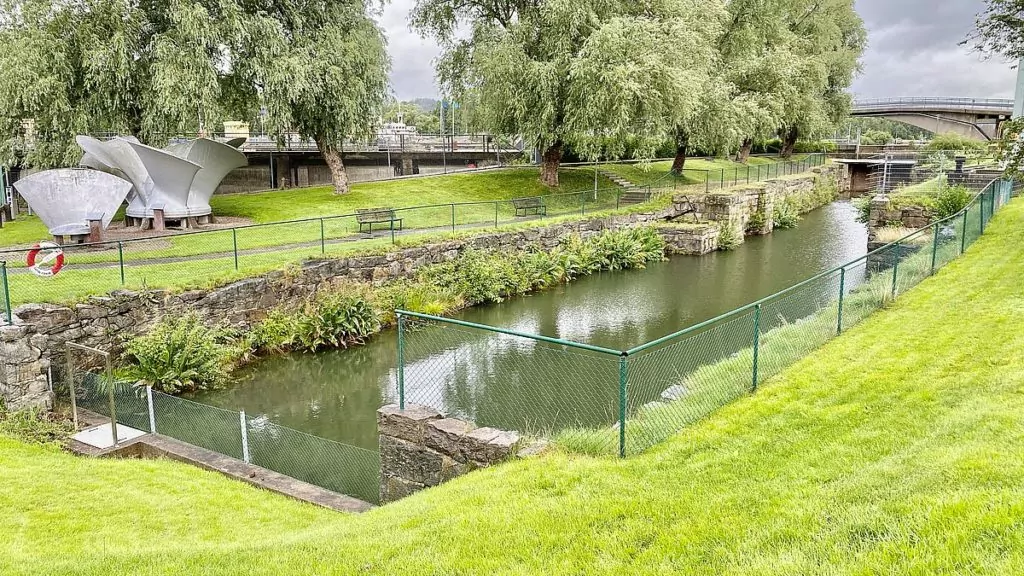
Visiting Bohus Fortress
After the visit to Lilla Edet, we continued south to Bohus Fortress, a drive of about half an hour. We had not Lucky with the weather, but there's no such thing as bad weather, only bad clothes ... or was it? We put on our rain gear and walked up to the fortress in the pouring rain.
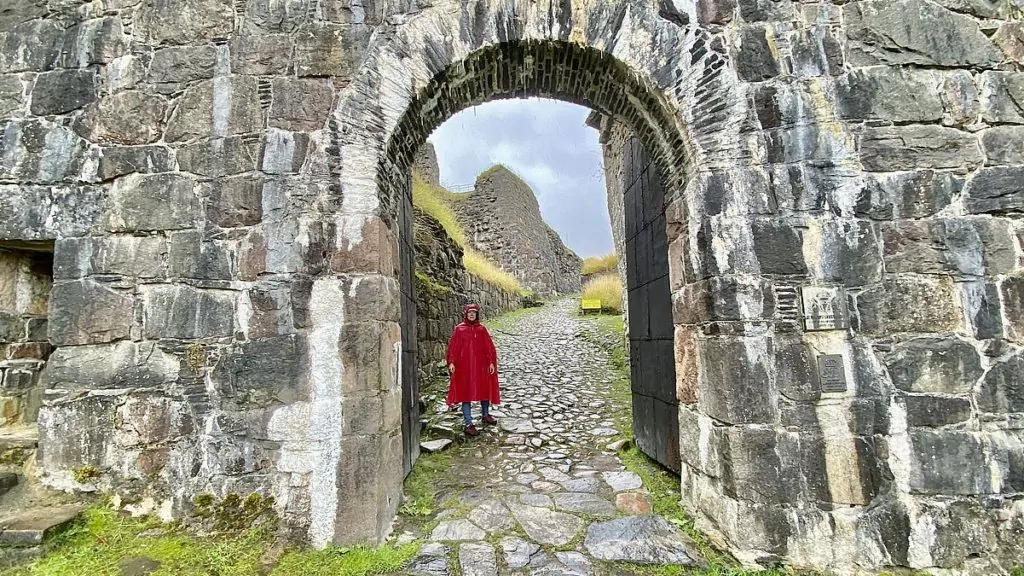
The visit costs 100 SEK/adult and the castle turned out to be bigger than we first thought. You walk from one courtyard to the next, and new staircases, tower rooms, cellars and exhibitions are constantly appearing. Normally (when it's not raining) there also seems to be plenty of outdoor activities for children.
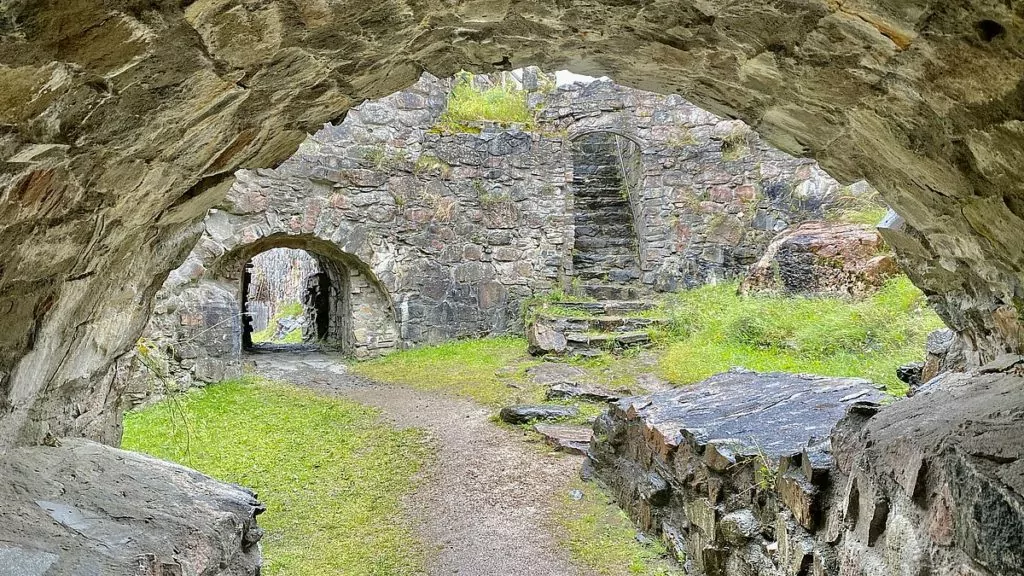
Bohus Fortress - on Norway's southernmost border
The area around the mouth of the Göta River is an old Nordic borderland, where Norway, Denmark and Sweden once met. The old Norwegian town of Kungahälla was Norway's southernmost outpost.
In the early 14th century, a power struggle broke out between King Birger of Sweden and his brothers, Dukes Erik and Valdemar. Erik was married to the Norwegian princess Ingeborg, and therefore had strong ties to Norway. His marriage gave him access to the castle of Ragnhildsholmen, located on an island opposite Kungahälla.
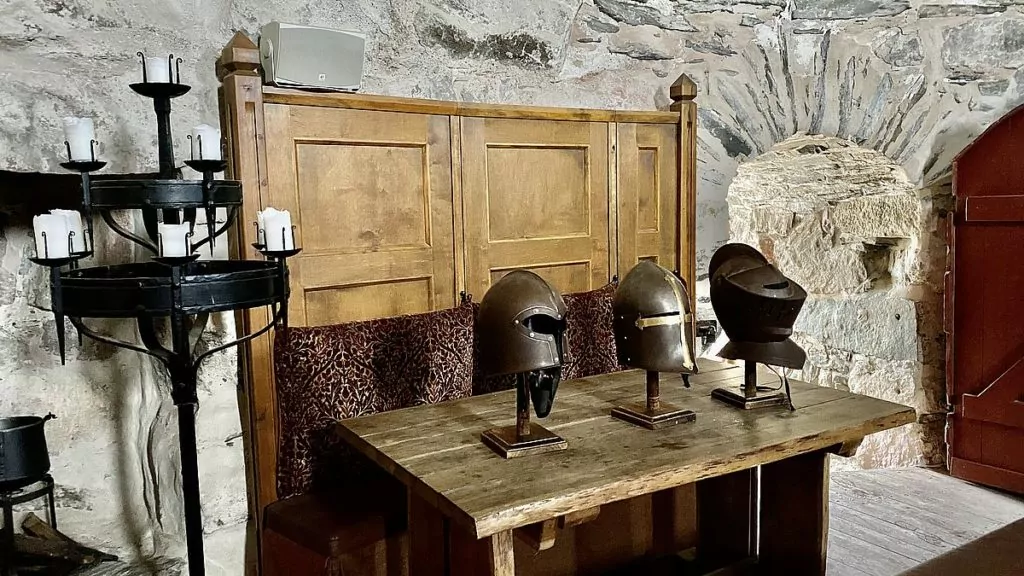
Erik and Valdemar soon controlled large parts of western Sweden, and the conflicts led to historic events such as the 'Håtuna Games' and the 'Nyköping Feast' in Nyköpingshus. Neither king wanted Erik and Valdemar to have too much power, and the Norwegian king Haakon V Magnusson tried to withdraw Ragnhildsholmen castle. When Erik refused, a siege of the castle began.
According to the Swedish Erik Chronicle, it was Count Jacob Nielsen who in 1308 urged the King of Norway to build a fortress on the high cliff where the Göta River divides. Now Bohus took over as Norway's southernmost outpost.
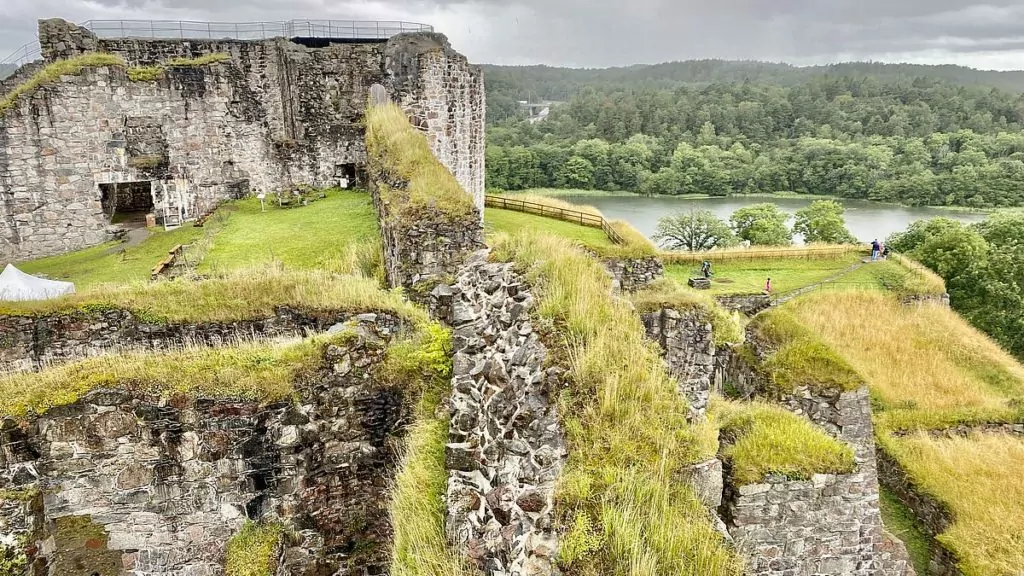
The 'Bahusian bang'
Bohus Fortress has been through many sieges, but the most famous must be the one known as the 'Bahusian Battle'. In 1566, the Swedes took the fortress, and it went so well that they even managed to raise the Swedish flag on the Red Tower. Then one of the Norwegians chose to sacrifice his life and crawled under the tower with gunpowder. The Swedes died instantly and the siege was a failure.
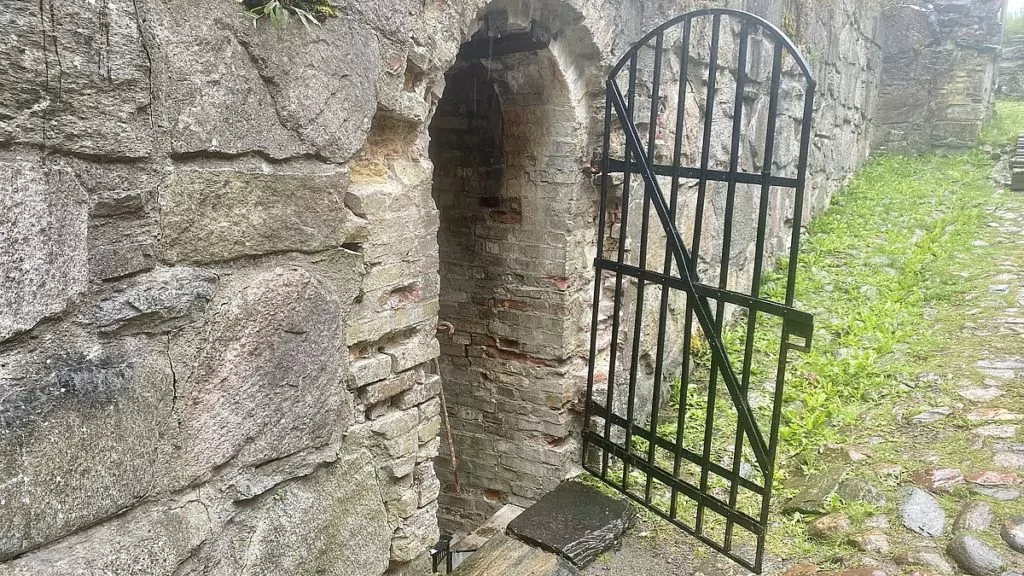
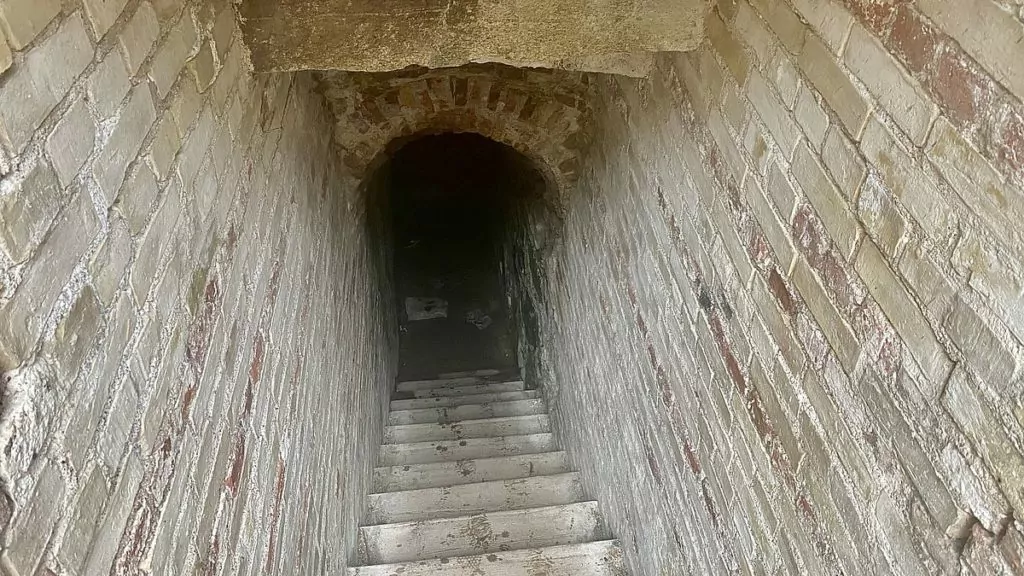
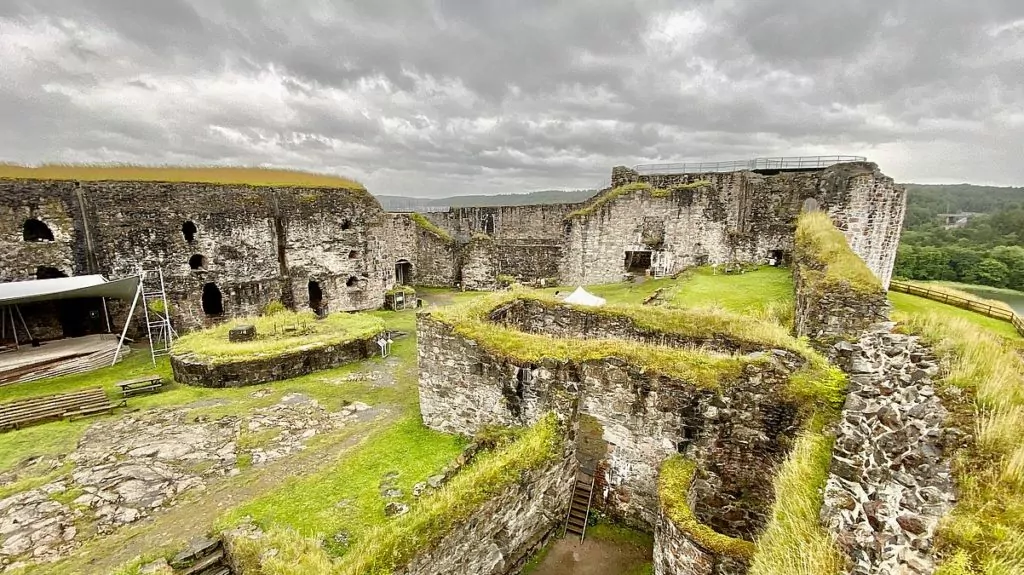
Bohus Fortress became Swedish
At the Peace of Roskilde in 1658, Bohuslän became Swedish, and thus Bohus Fortress became part of Sweden. However, this did not mean that peaceful times awaited. The worst siege ever took place in the summer of 1678, when 15 000 Danes and Norwegians subjected 800 Swedish and Finnish defenders to massive attacks over two months.
At the last moment, Swedish reinforcements arrived and the enemy had to surrender. The fortress was now largely destroyed, and it was rebuilt without regaining its former glory. It was later mostly used as a prison, but it was realised that an unguarded fortress could do more harm than good and in 1789 it was decided that the fortress would be demolished.
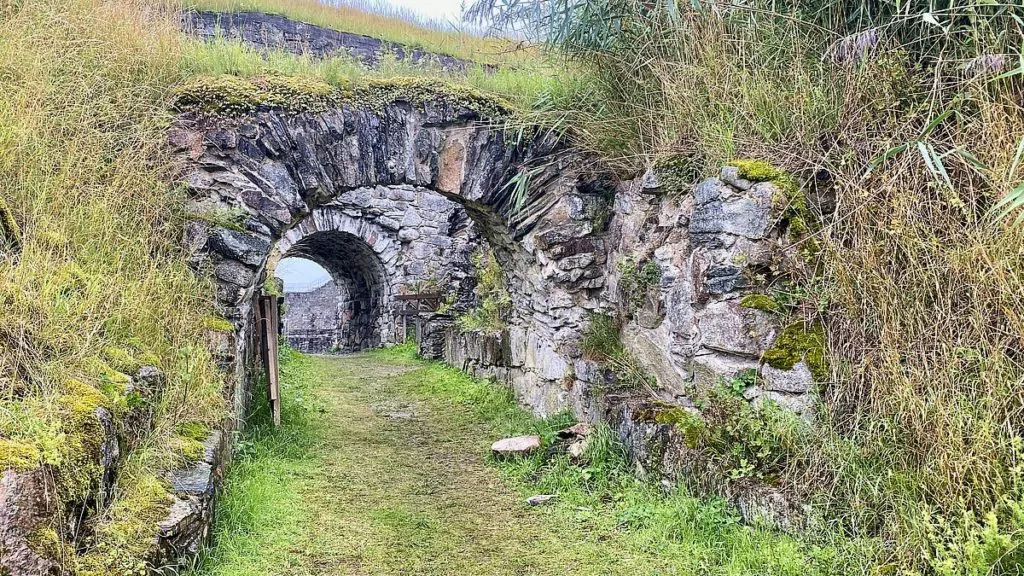
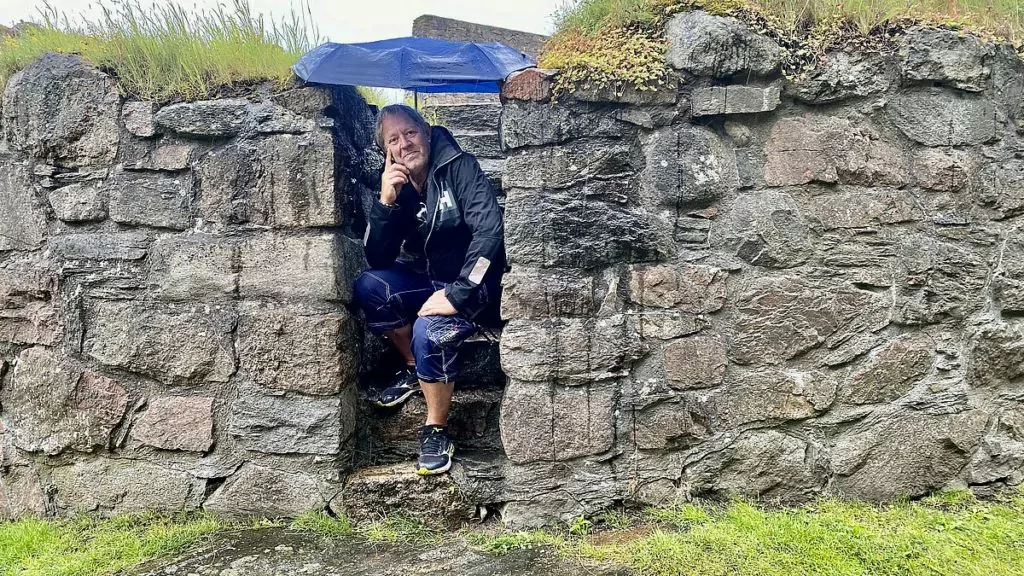
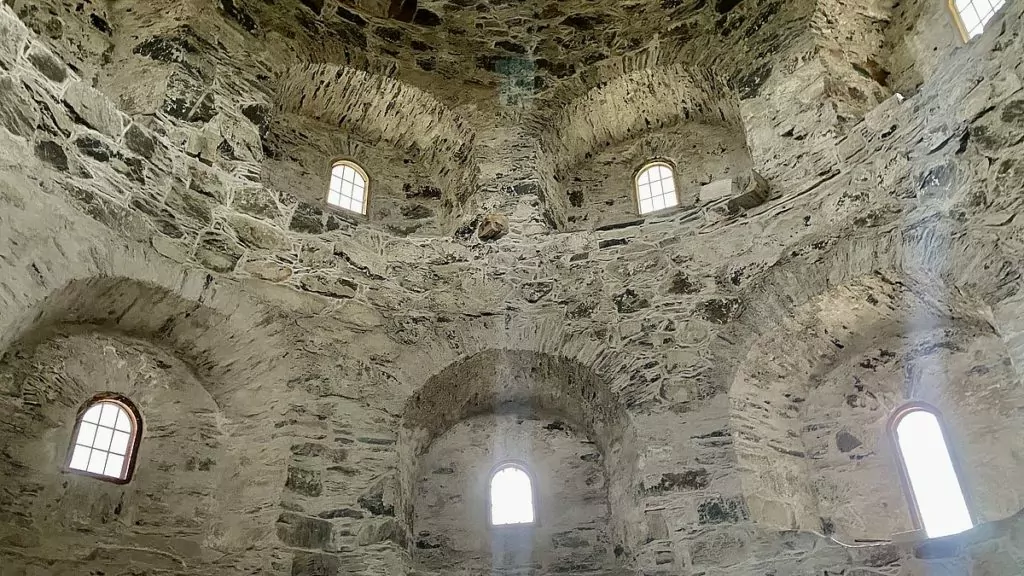
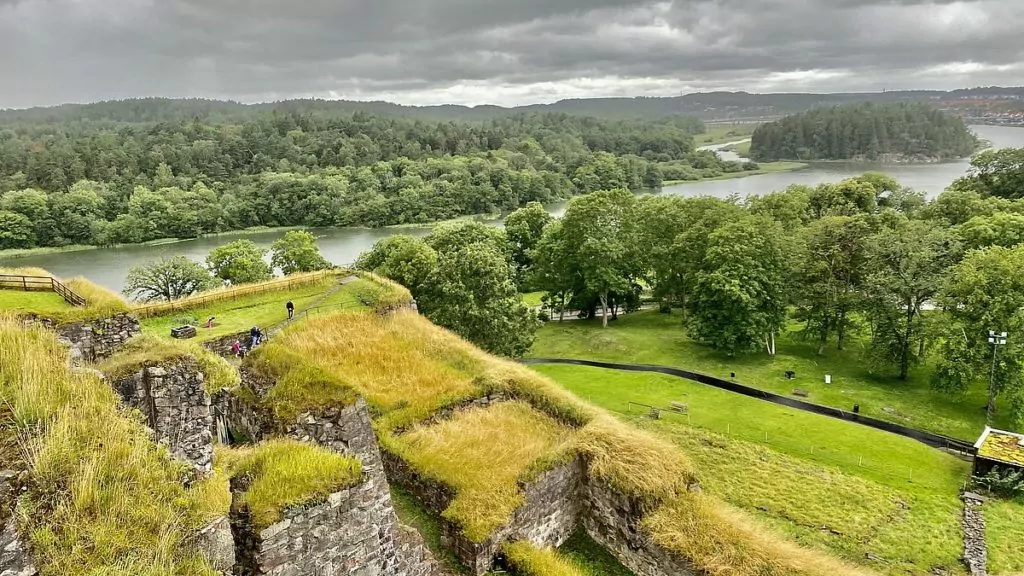
Prison with dark dungeons
In addition to its important role in defence, Bohus Fortress has also served as a prison for almost 500 years. Here, prisoners could spend long periods of time in dark dungeons with no daylight. Other punishments could include shame or corporal punishment, or even the death penalty.
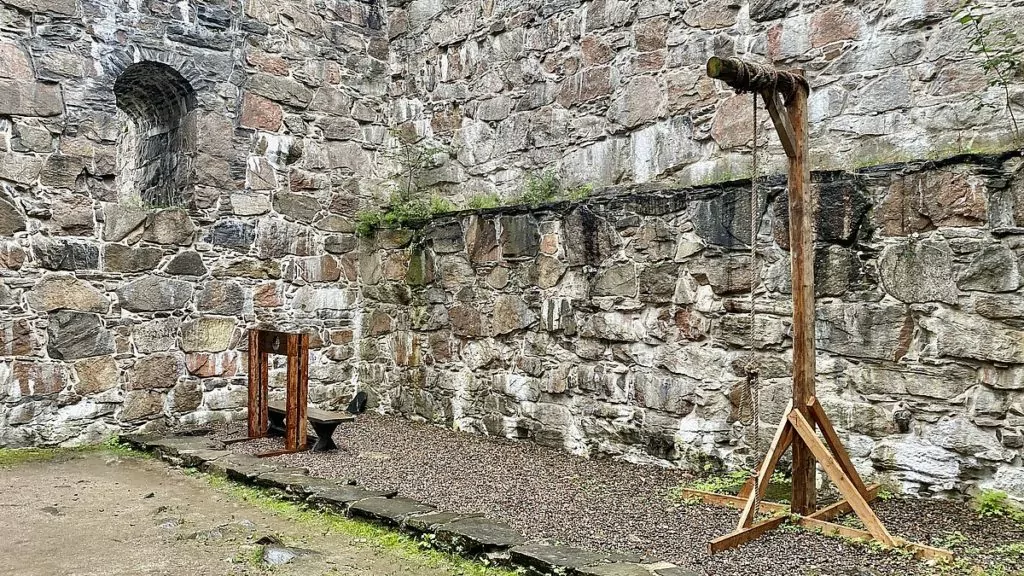
How did I (Helena) end up in that pillar of shame? I don't really know, but luckily I was able to get out after a while and could look at the fortress.
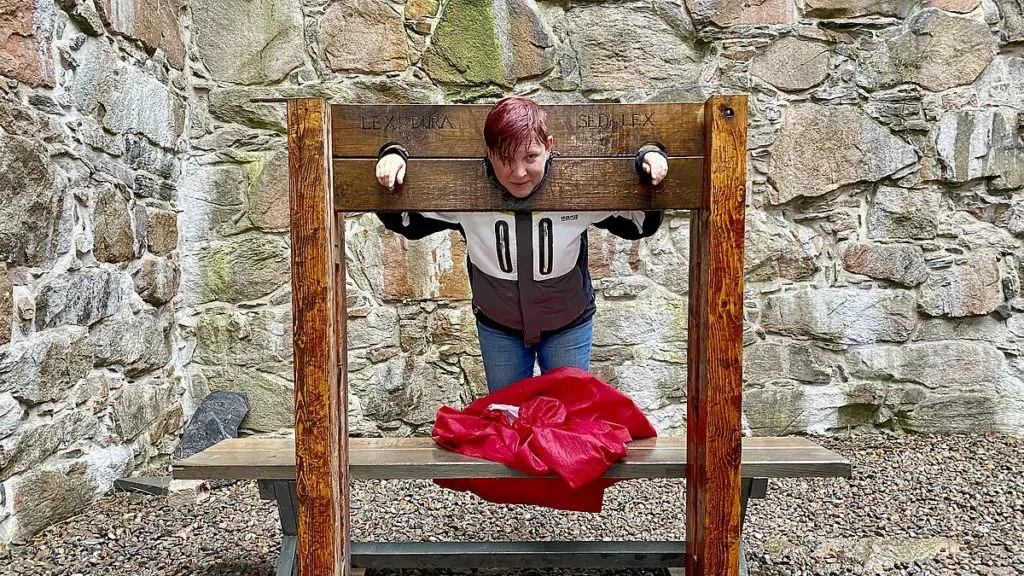
If you find it interesting to immerse yourself in different old, horrible methods of punishment, you can stand for a while and read the different descriptions. You can also look down into one of the dungeons, and feel very grateful for your freedom when you leave.
One of those imprisoned at Bohus Fortress was the priest Thomas Leopold, who was imprisoned for a total of 43 years (32 of which were spent in the fortress) because of his faith. He refused to repent and died in the fortress at the age of 77. His cell still exists and can be visited.
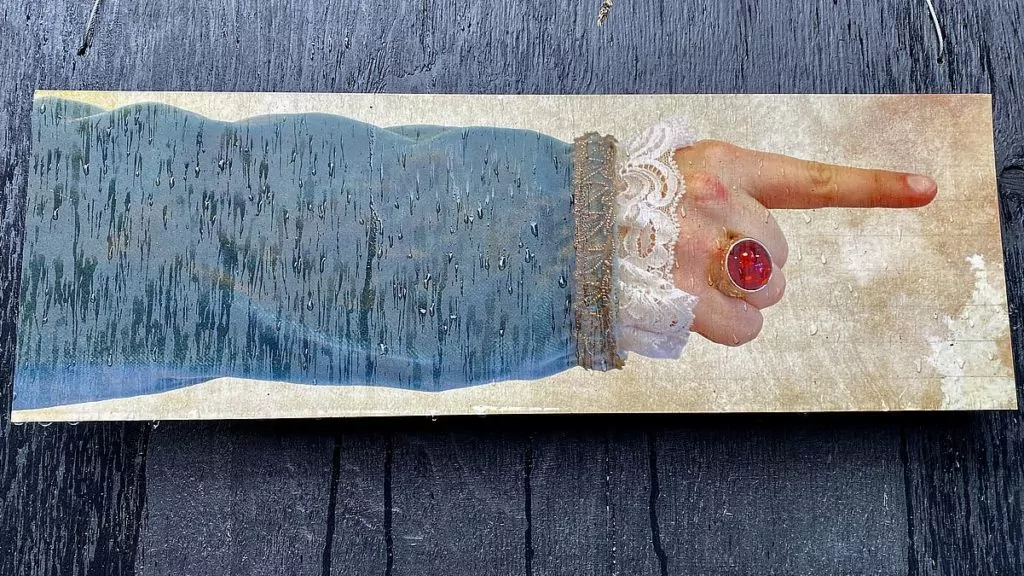
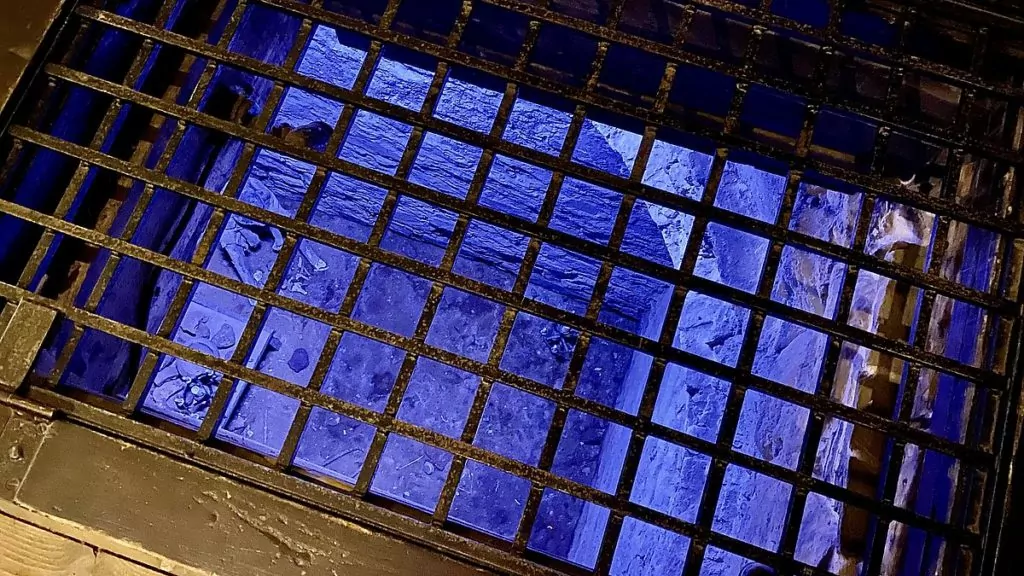
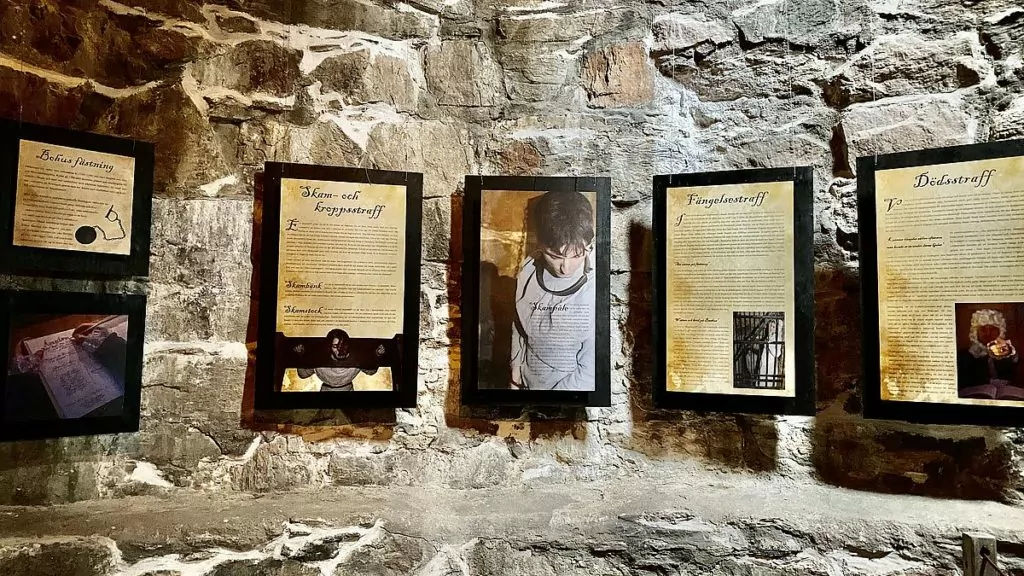
Activities in the fortress
Inside the fortress grounds there is a small pond, which you can cross by pulling yourself across with a small rope ferry. Due to the rain, the fortress was not too crowded, but the ferry was still popular.
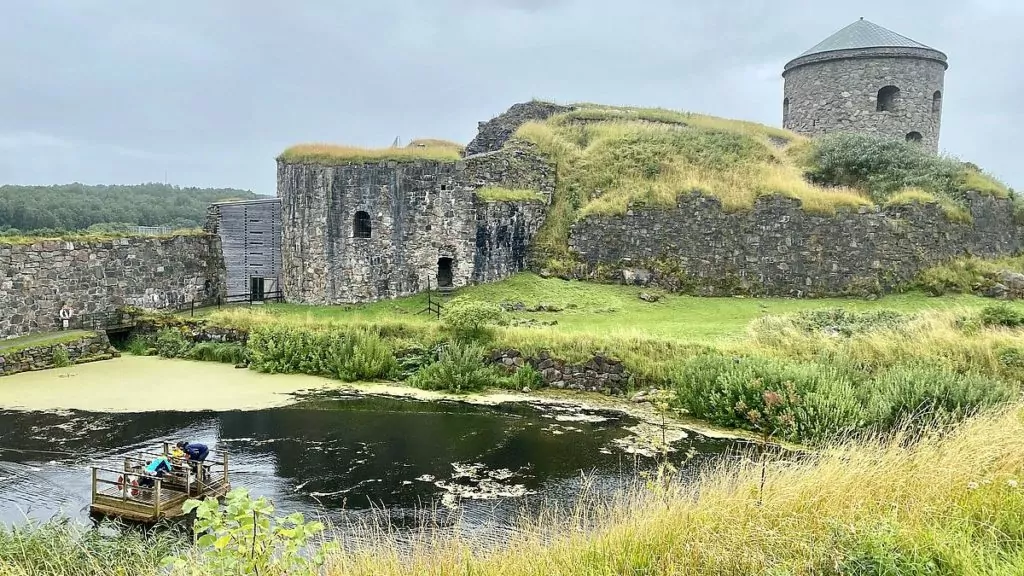
We also saw that there are a lot of other activities, such as bouncy castles, horseshoe pitching and archery. Certainly popular when it's less wet!
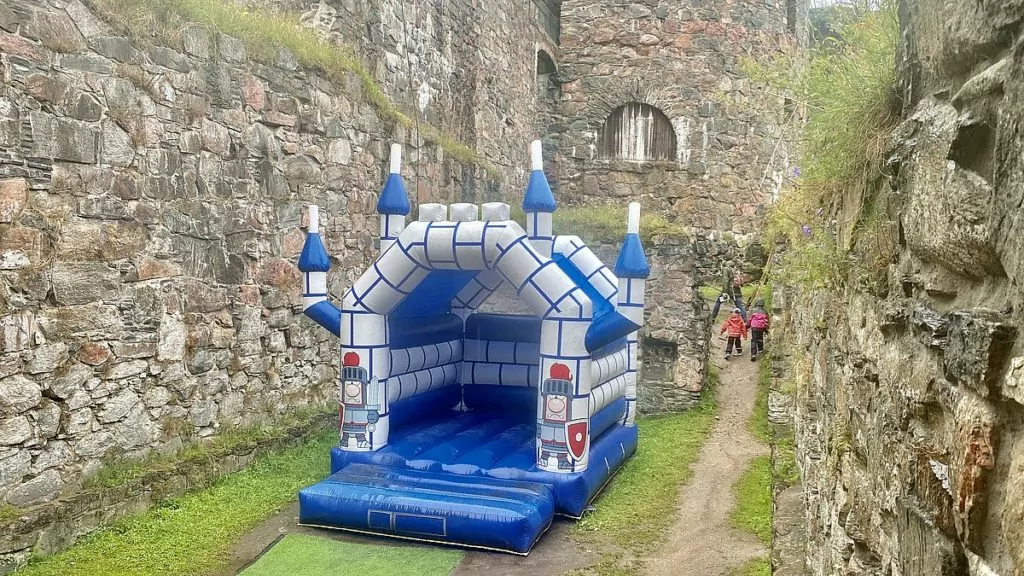
See more in the neighbourhood
From Bohus Fortress it is not far to Gothenburg, which of course has a lot to offer. You can also get out to the beautiful west coastor perhaps northwards to Trollhättan and Vänersborg.
Hamburgsund - West Coast charm and seafood feast
Hamburgsund is a cosy little town on the west coast, with high cliffs, boats, red cottages and a...
Things to do in Grebbestad - 12 tips for the oyster mecca
What to see and do in Grebbestad? This charming west coast town offers an idyllic setting with...
What to do in Strömstad - 17 tips for Sweden's westernmost town
What to see and do in Strömstad? This town in Bohuslän, which is Sweden's most...
Things to do in Lysekil - 20 tips for a West Coast gem
What to see and do in Lysekil? This gem on the west coast offers beautiful cliffs,...
Ramsvikslandet in Bohuslän - walking in the 'kingdom of rocks'
Ramsvikslandet is a nature reserve on the west coast, nicknamed the 'Kingdom of the Rocks'. And indeed it is a...
Skaftö in Bohuslän - Grundsund and Fiskebäckskil
Skaftö, or Skaftölandet as it may actually be called, is a charming island on the west coast, where you...
Things to do in Hunnebostrand - 19 tips for an archipelago idyll
What to see and do in Hunnebostrand? This delightful archipelago idyll offers dramatic scenery, picturesque...
Bohusläns museum in Uddevalla - an interesting visit
Bohusläns museum in Uddevalla is a really nice museum, which tells about the culture and history of the area....
Käringön in Bohuslän - an idyllic island off the coast of Orust.
Käringön is an idyllic island off Orust in Bohuslän. Here you can sunbathe and swim, walk...
Things to do in Uddevalla - 17 tips for the heart of Bohuslän
What to see and do in Uddevalla? This west coast town is often called the 'heart of Bohuslän' and...
Things to do in Smögen - 17 tips for the seafood mecca
What to see and do in Smögen? This lovely west coast town is truly a seafood mecca. Plus...
The King's Gap in Fjällbacka - The Wolf Claw in Ronia the Robber's Daughter
The King's Gorge in Fjällbacka is a dramatic gorge in Vetteberget, named after a visit...
What to do on Tjörn - 17 tips for a lovely island in Bohuslän.
What to see and do on Tjörn? This scenic island is located on the west coast, in Bohuslän,...
Tureborgen in Uddevalla - an exciting ruin
Tureborgen in Uddevalla is an exciting ruin of a castle that looked medieval, but...
From Varberg to Hunnebostrand in a motorhome - with foreign guests
The second part of our motorhome trip in Sweden, together with our South African friends, went from Varberg...
Öckerö Islands - by campervan in the Gothenburg archipelago
The Öckerö Islands in the Gothenburg archipelago consist of around ten islands, four of which are connected by...
Street art in Strömstad - Artscape Lighthouse
We checked out street art in Strömstad. Last summer, "Artscape Lighthouse" in Strömstad and...
MUMA Mural paintings on Orust - stories about women
MUMA Muralmålningar (Mural Modern Art) is an art project that highlights women in the rural areas of eastern Orust....
Carlsten's fortress on Marstrand - an exciting attraction
Carlsten's Fortress on Marstrand is an exciting attraction, offering fascinating historical environments and captivating...
The Swedish Bohuslän Road - FREEDOMtravel Themed Roads
Svenska Bohuslänsvägen is a themed road that takes you through Bohuslän, to experience the beautiful...
Hafsten Resort & Camping in Uddevalla - scenic camping luxury
Hafsten Resort & Camping is located in a scenic location on the west coast and offers camping, swimming, nature experiences, adventurous activities and...
What to do on Orust - 15 tips for a beautiful island on the west coast
What to see and do on Orust? This beautiful west coast island offers a wonderful environment ...
Tjurpannan nature reserve - western coastal idyll in Grebbestad
Tjurpannan Nature Reserve is located just north of Grebbestad in Bohuslän and is a real West Coast idyll. Here we meet...
Rock carvings in Tanum - a Unesco World Heritage Site
Rock carvings in Tanum will be the topic today. Soooo exciting! Imagine that our ancestors sat and ...
Things to do in Kungshamn - 11 tips for the resort town of Smögen
What to see and do in Kungshamn? This cosy west coast gem may not be as well known...
A lovely boat trip with M/S Donalda in Grebbestad.
What a wonderful boat trip with M/S Donalda in Grebbestad! When we arrived in Grebbestad we had no...
Visiting the Koster Islands in Bohuslän - a lovely trip!
Visiting the Koster Islands can be a really wonderful excursion! The scenic Koster Islands are located just outside Strömstad,...
Trollhätte canal by motorhome - a journey along the Göta river
Trollhätte Canal by motorhome, how does it work and what can you see along the way? This summer...
Dyrön in Bohuslän - a lovely archipelago island outside Tjörn.
Dyrön, or Stora Dyrön as the island is actually called, is a lovely and scenic archipelago island off Tjörn,...
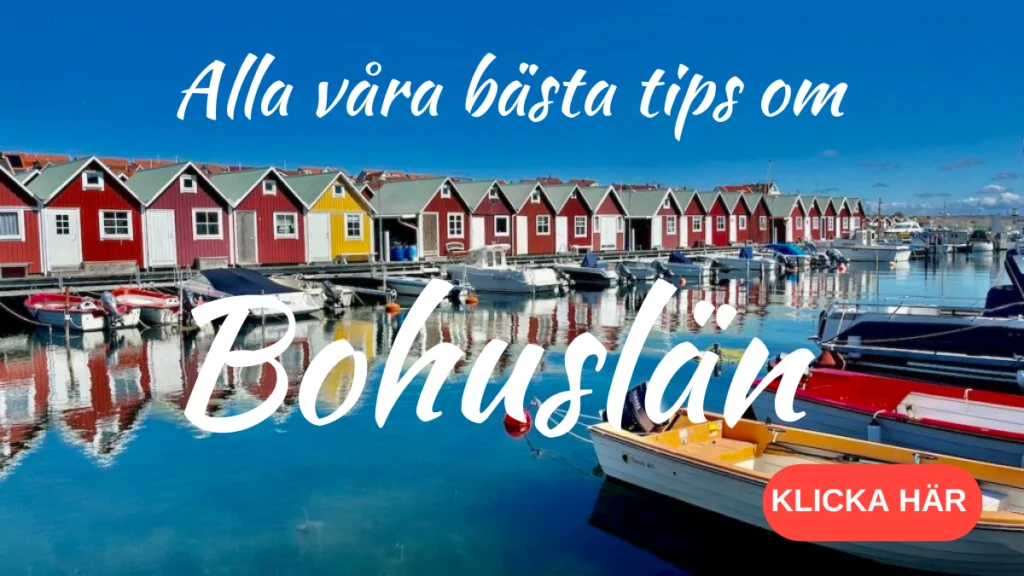
Have you been to Bohus Fortress?
Have you been to Bohus Fortress? How was your experience?
Facts about Bohus Fortress
- Location: Kungälv
- County: Västra Götaland County
- Landscape: Bohuslän
- Year of construction: 1308
- Material: Wood, granite and brick
- In use as a fortress: 1308-1786
- Controlled by: Norway, then Denmark/Norway and then Sweden
- Trustee: State Property Agency
- Read more: You can find more information at The fortress website.
Opening hours
The following opening hours are valid for 2020, subject to change. For current information, see the fortress website.
- 20 June - 23 August: All days 10-18
- 24 August - 11 September: All days 10-17
- 12 September - 25 October: Saturdays and Sundays 11-16
Prices
The following prices are valid for 2020, subject to change. For current information see the fortress website.
- Adults (from 18 years old): 100 crowns
- Children 5-17 years old: 50 crowns
- Children 0-5 years: Free of charge
- Companions/assistants: Free entry
- Gothenburg Pass: Free entry
Services and practical information
- Info and shop: Brochures and a small souvenir shop are available at the ticket office.
- Toilets: Toilets are available.
- Food service: In good weather between 2o June and 23 August, hamburgers are grilled in the courtyard. Otherwise there are restaurants in the neighbourhood, outside the fortress.
Tours and activities
- Guided tours: School and group tours can be booked in advance for a fee.
- Marriage: Marriages can be organised at Bohus Fortress.
- Children's birthday parties: You can organise children's parties at the fortress.
- Events: Various events are organised, such as opera, midsummer celebrations, medieval days, etc.
Accessibility
- General: The fortress was originally built to be extremely difficult to enter. There are ambitions to increase accessibility, but there are still many places that are difficult to access by wheelchair, for example.
- Hiss: A lift is available so that people with wheelchairs or pushchairs can move between the different levels of the fortress.
- More info: You can find detailed information on accessibility in the accessibility database.
Find the Bohus Fortress
- Car: Take the E6 or E45 motorway, exit towards Kungälv and follow signs for "Bohus fästning".
- Parking: There is a small car park right next to Bohus Fortress. For events, please refer to the shuttle car park at Båthamnen and to Eriksdal on the south side of the fortress.
- Public transport: Search for connections and departure times via Västtrafik.
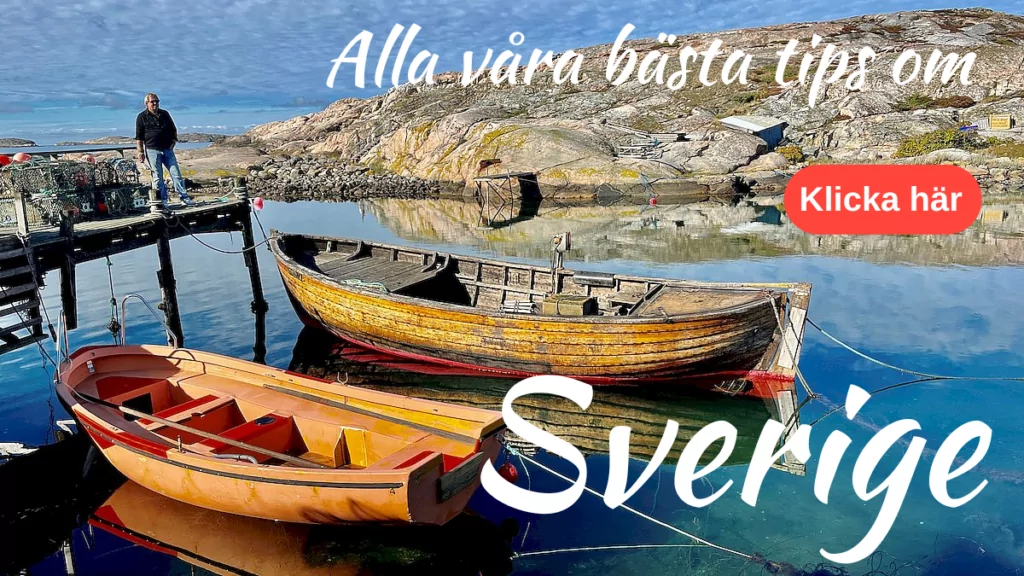


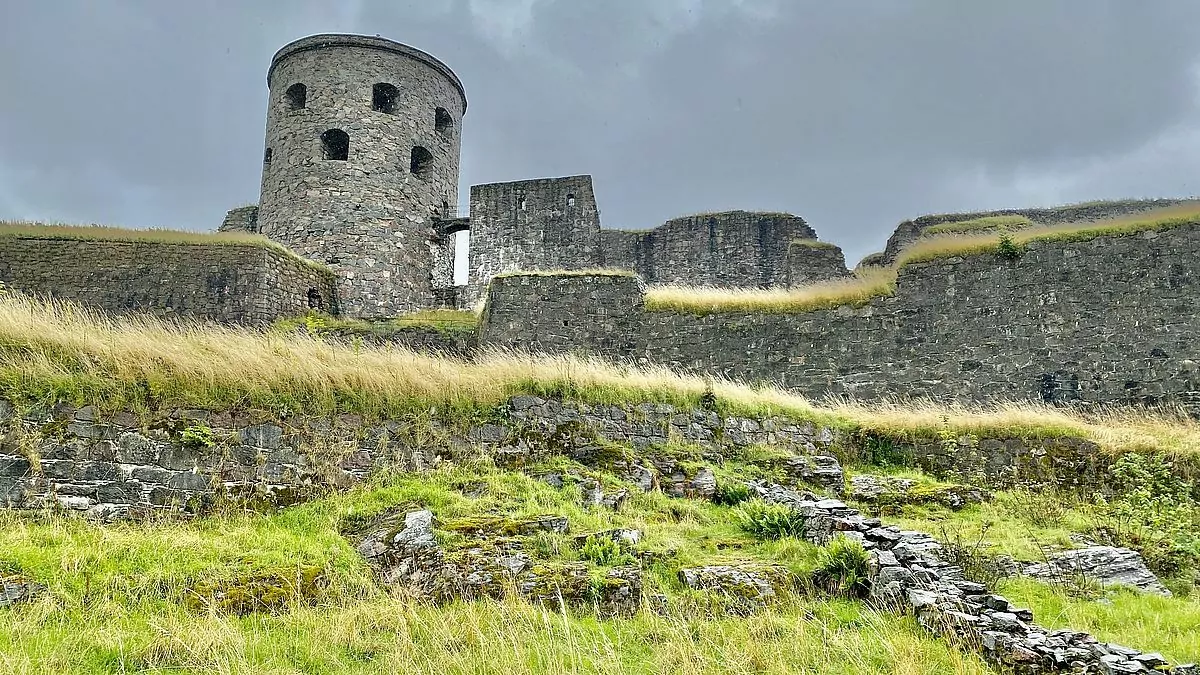






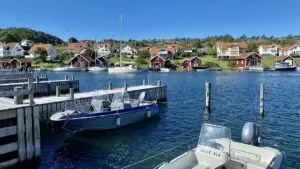
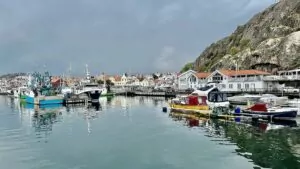
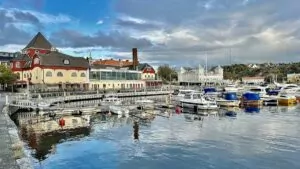


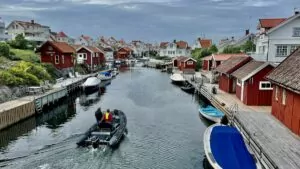
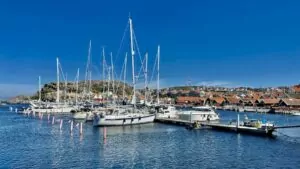

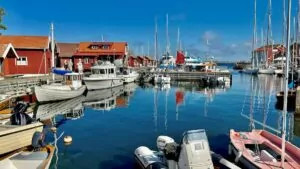
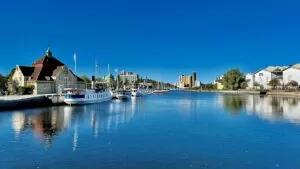

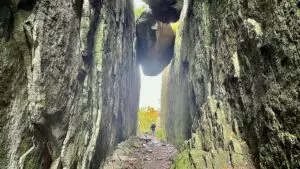
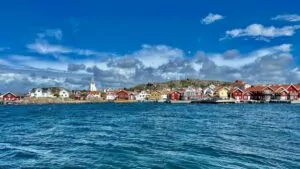
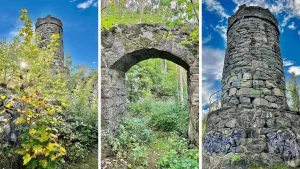

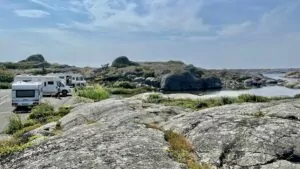


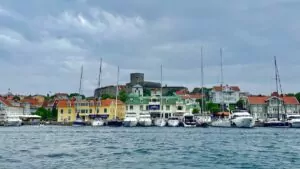

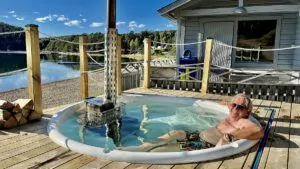
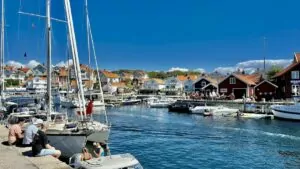
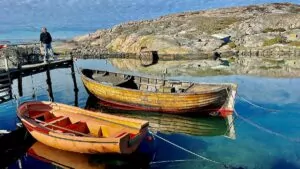
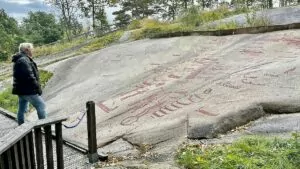
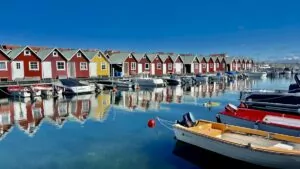

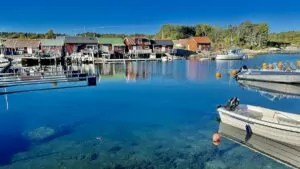
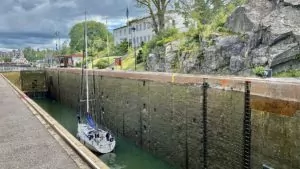

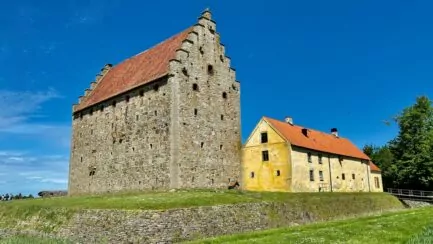
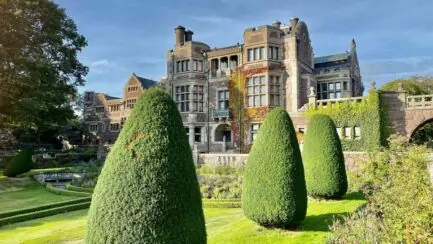
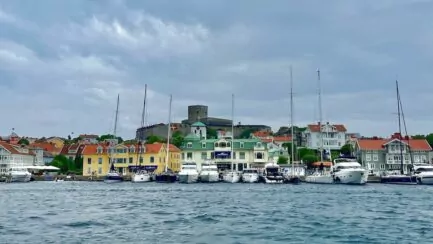



Ama de casa says:
Looked nice there! Too bad about the weather ...
Hmm... As far as I can remember, I have not been into or up to a single small castle.
🙂
03 August 2020 - 9:14
Helena says:
Don't know if I really believe in that with the burghers 😉 Yes, a bit of a pity about the weather, but we have had good weather during almost the whole trip, so it still feels quite ok!
03 August 2020 - 20:16
Mr Nils-Åke Hansson says:
We stopped in Lilla Edet and bought shrimp sandwiches when we visited our daughter who lived in Utby north of Hjärtum. Hjärtum is known for its axes The Hjärtum axe was manufactured from the late 1800s to 2013... You did not miss Backamo was since 1724 regiment for Bohusregemente.
03 August 2020 - 10:08
Mr Nils-Åke Hansson says:
hjartum.nu/category/hjartumsyxan.html
03 August 2020 - 10:08
Helena says:
We missed both Hjärtrum and Backamo ... But thanks for telling us! 🙂 Interesting with the axe!
03 August 2020 - 20:18
Liniz Travel says:
This summer we are following in each other's footsteps.
Happy holidays hugs
03 August 2020 - 16:22
Helena says:
Yes, right? 🙂 And thank you the same!!!
03 August 2020 - 20:28
Matts Torebring says:
Wow how much you show and present, so professional as usual. Now you have to live on your own too and take time off and have a holiday.
03 August 2020 - 17:37
Helena says:
Holiday, what is it? Haha, just kidding. Maybe we're a little bad at taking it easy ... In the next post, there will be some social interaction with the family 🙂.
03 August 2020 - 20:28
Maria/Magnolia Magis says:
Yes, I have been here a lot. Went training as a wellness therapist at GGI, which was then located outside Surte. Best friend lived in Kungälv then, now in Lilla Edet! The west coast has many gems but we prefer to go outside the Swedish holiday period. Too many people! Autumn, winter and spring is not stupid to holiday by the sea!!! Hönö, Hälsö, Styrsö, Marstrand, ...Mölle I was about to write but it's the Skåne coast...?? Yes yes fine!!!
03 August 2020 - 21:38
Helena says:
Thanks for all the tips! And yes, good idea to go a little after high season, we can also like that! 🙂
04 August 2020 - 7:30
Evy Knoph says:
Then you might have a nice view of my (now former) job across the river on the other side of the Jordfall Bridge :-).
Have a great trip!
03 August 2020 - 22:25
Helena says:
Glad we were close to your old job! (But the view in the rain was pretty bad, haha ;))
04 August 2020 - 7:37
Lena in Wales and Spain says:
More of my old neighbourhood. I grew up about 1 mil from there.
Was quite often at the biscuit factory in Kungälv and bought biscuits. So nice in parts of Kungälv.
Good to see you again.
Take care!
05 August 2020 - 11:39
Lena - good for the soul says:
Wow, 43 years in one of those "hotels"! Not bad to live that long, in those days!
It's so exciting to visit places like that and try to imagine what life was like back then. However, I have never been there.
Hug Lena
10 August 2020 - 8:06